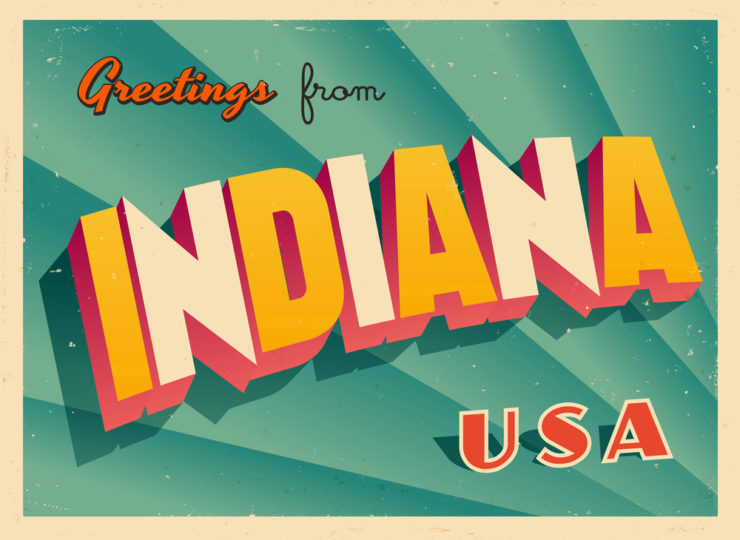
Indiana has uniquely positioned itself with some of the most robust regulations of hemp-derived CBD products. On March 21, 2018, Senate Bill 52 became law, allowing the distribution and retail sale of “low-THC hemp extract,” defined as a product “(1) derived from Cannabis sativa L. that meets the definition of industrial hemp; (2) that contains not more than 0.3% delta-9-THC (including precursors); and (3) that contains no other controlled substances.”
Exciting news, right? Indiana is a red state that has been slow to implement any kind of meaningful cannabis regulations. Prior to SB 52, Indiana implemented a strict CBD-only medical marijuana program and an industrial hemp program that has not really launched.
That’s what makes SB 52 so interesting. It shows that Indiana is cognizant of the existence of CBD products and has made a decision to allow their sale. The catch is that those sales are restricted to a certain class of CBD products, and they are heavily regulated.
Specifically, under SB 52, “low-THC hemp extracts” are only permitted for sale in Indiana if they are extracted from hemp that was tested by an accredited, independent laboratory. The distributor of low THC hemp extracts must have lab results showing “(1) the low THC hemp extract is the product of a batch tested by the independent testing laboratory; and (2) the independent testing laboratory determined that the batch contained not more than three-tenths percent (0.3%) total [THC], including precursors, by weight, based on the testing of a random sample of the batch.”
Assuming these products clear testing, the sellers of low THC hemp products must distribute them in packaging that includes the following:
(1) A scannable bar code or QR code linked to a document that contains information with respect to the manufacture of the low THC hemp extract, including the:
(A) batch identification number;
(B) product name;
(C) batch date;
(D) expiration date, which must be not more than two years from the date of manufacture;
(E) batch size;
(F) total quantity produced;
(G) ingredients used, including the:
(i) ingredient name;
(ii) name of the company that manufactured the ingredient;
(iii) company or product identification number or code, if applicable; and
(iv) ingredient lot number; and
(H) download link for a certificate of analysis for the low THC hemp extract.
(2) The batch number.
(3) The Internet address of a web site to obtain batch information.
(4) The expiration date.
(5) The number of milligrams of low THC hemp extract.
(6) The manufacturer.
(7) The fact that the product contains not more than three-tenths percent (0.3%) totaldelta-9-tetrahydrocannabinol (THC), including precursors, by weight.
That may read like a long list, but it’s roughly equivalent to what we see as far as packaging and labeling requirements for cannabis products in Washington, Oregon and California, the states in which our cannabis business attorneys are located.
This will also prove challenging for distributors who send products across the country as they now must consider Indiana’s labeling requirements. This will likely lead to some CBD distributors deciding not to sell products in Indiana. Other’s may choose to comply with Indiana’s labeling restrictions and place Indiana-complaint labels on products that are made available in other states.
Indiana is unique in the sense that it allows CBD and also regulates its sale so robustly. Let’s hope for more positive cannabis developments in the Hoosier State.























